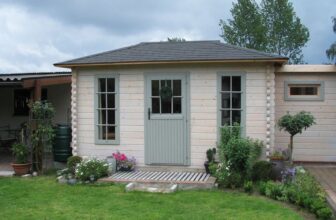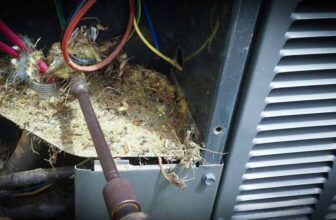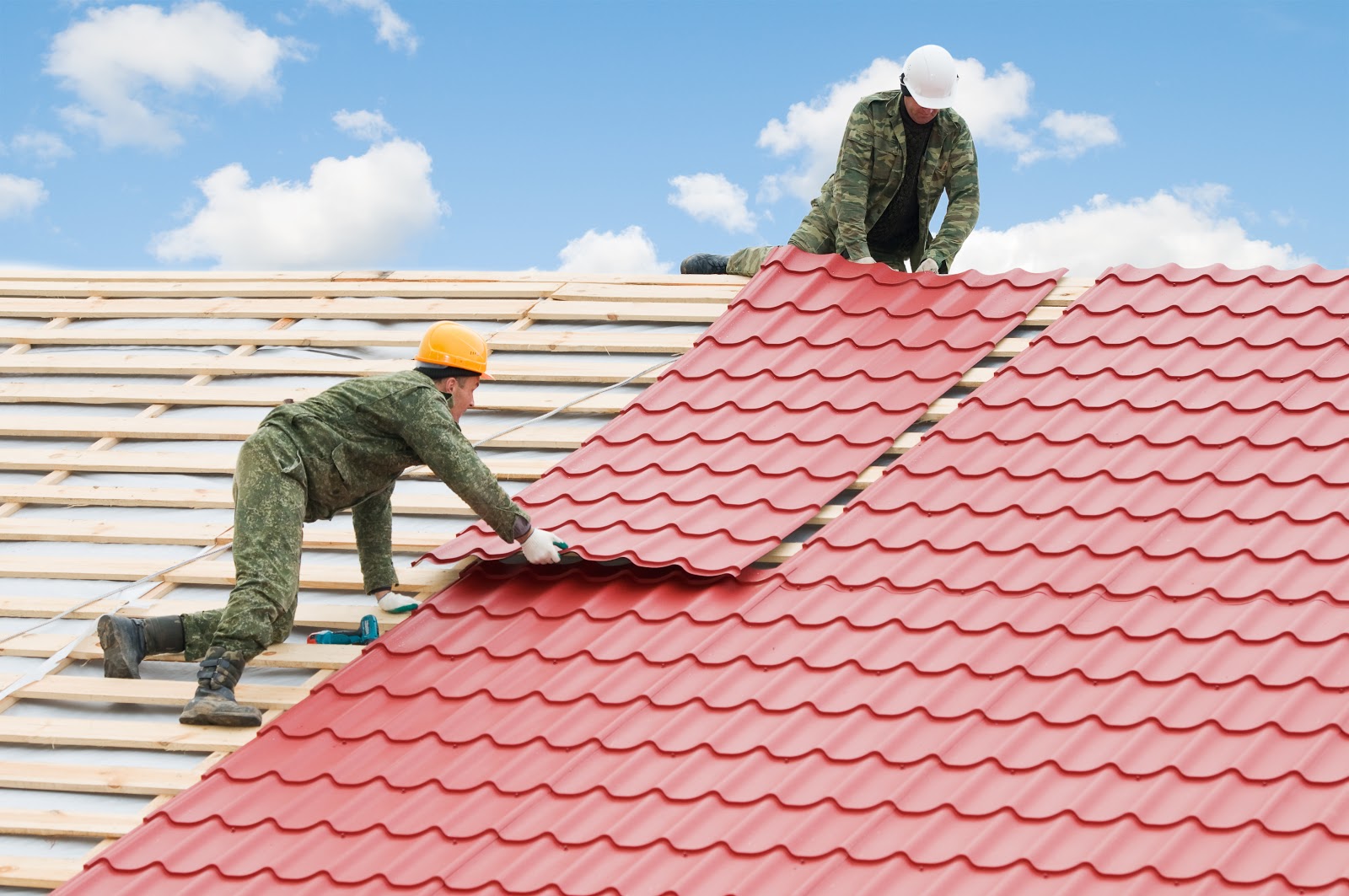
Exceptional durability can be achieved by exclusively using metal roofing materials. Thanks to cutting-edge manufacturing technologies, metal-based roofing has made significant strides. Modern iterations of these roofs are more reliable, wear-resistant, and aesthetically pleasing, as manufacturers go to great lengths to ensure that both the shapes and shades meet all consumer requirements.
Commonly Used Metals for Roofing
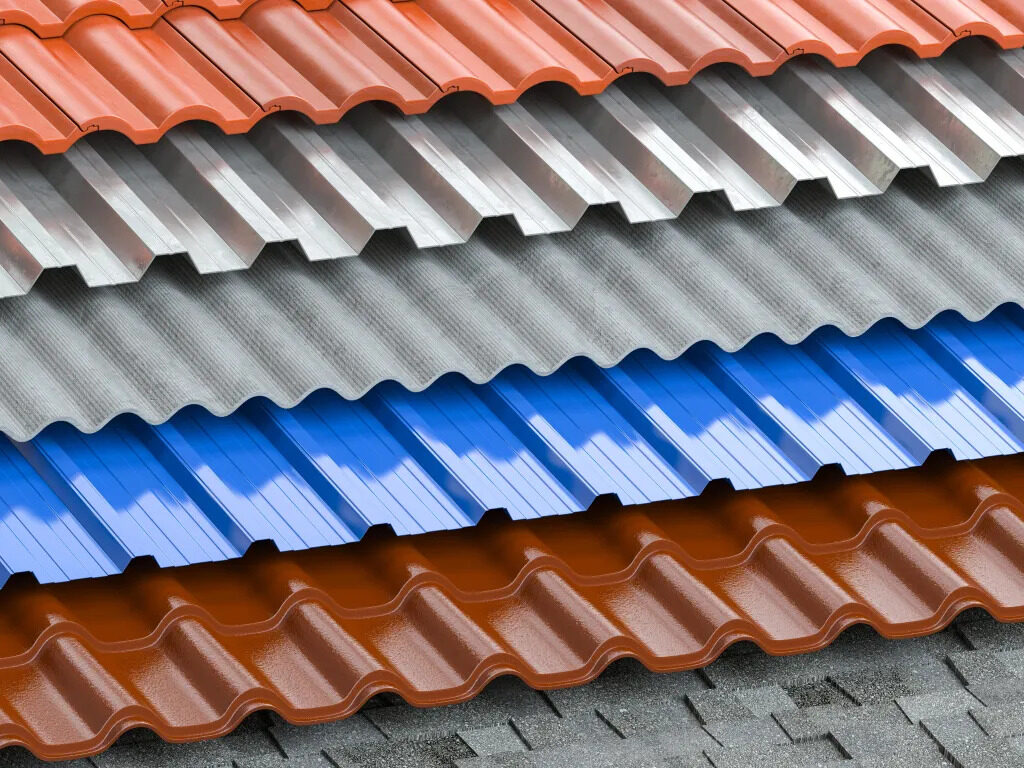
Source: 100pillars.in
First and foremost, galvanized steel is the go-to choice for all types of modern metal roofing installations. However, it’s important to note that despite the zinc coating, additional moisture protection will still be required. Properly implemented, this can extend the lifespan of the finished roof up to 50 years.
Aluminum is another popular option. It offers superior strength while being lightweight and displays strong resistance to moisture. Moreover, it requires minimal maintenance. The lifespan of aluminum roofing is well over a century, and both its color and properties remain virtually unchanged over time.
Copper is also a viable choice, especially when durability and aesthetics are primary considerations. However, this option falls under the premium category, and the cost of installing such a roof will be considerably higher. Over time, the copper surface will naturally oxidize, changing from its original color to brown. After the first decade, a greenish patina will form, providing additional weather protection as well as an aesthetic touch.
Metal Roof Installation Features
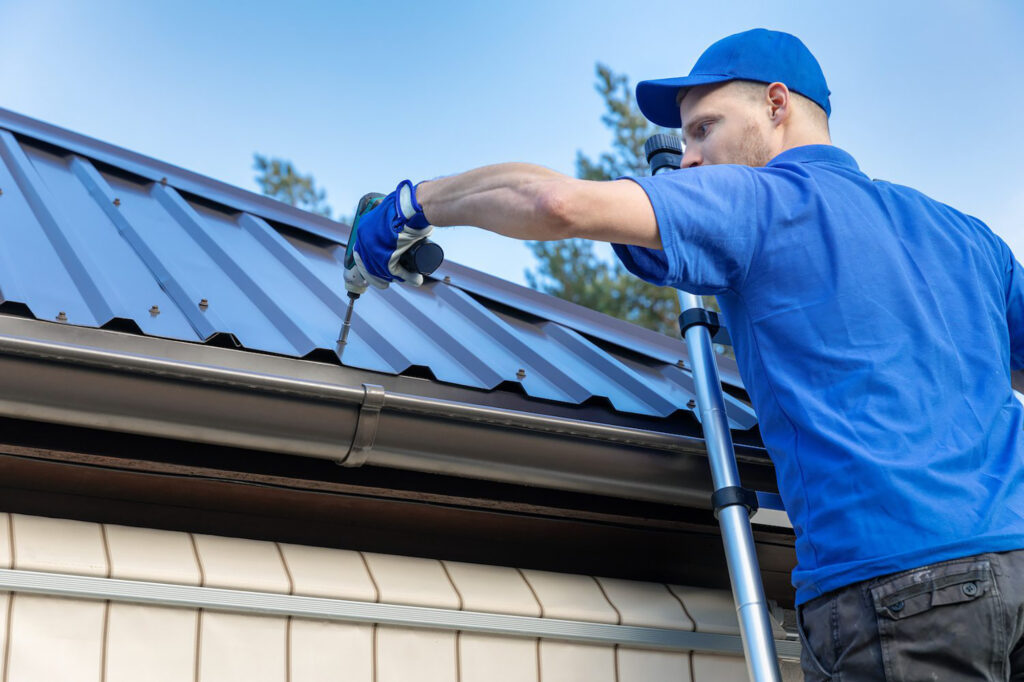
Source: cityscoop.us
The method of securing the chosen metal to the roof depends directly on its form, which can be pre-shaped sheets, smooth metal rolls, or rolled options. Regardless, the preliminary steps for installing a metal roof remain consistent.
Initially, the trusses and battens are installed to form the skeleton of the roof. Given that metal roofing is relatively lightweight, the spacing between trusses can be less frequent.
Next, waterproofing is set up. To prevent condensation from accumulating on the underside of the metal, a vapor-permeable, super-diffusion membrane is installed. This membrane doesn’t allow external moisture to penetrate. During the metal roof installation, these waterproofing sheets are overlapped and additionally secured to the truss legs.
The subsequent stage involves the actual fastening of the roof. Pre-cut steel is rolled out over the roof surface and secured using clamps. If sheet material is used, it is laid from the bottom upward. Once done, the roof’s ridge is sealed, and the gable and eave ends are covered.
Lastly, snow guards and lightning protection need to be installed. It’s crucial to remember that the metal roof surface is conductive, inevitably attracting lightning strikes. Therefore, quality grounding is essential. A lightning rod is fixed at the highest point of the roof and is connected directly to the grounding point with a steel wire.
In Miami, Florida, all necessary tasks will be carried out by Rooftoptech Inc. Their team consists exclusively of experts who understand all the nuances, from the sequence of roof laying to the installation of safety features. They offer a guarantee on the work performed and choose suitable materials for roof construction, taking into account building specifics, the budget allocated for the project, and other factors such as roof pitch.




